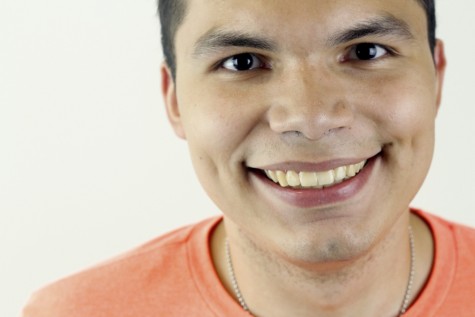Low student-to-faculty ratio trend continues
January 15, 2015
With the amount of full-time students steadily decreasing in recent years, Eastern is looking at its lowest student to faculty ratio in years.
Blair Lord, the vice president of academic affairs, said the current student to faculty ratio is 13 students for every one faculty member, which was calculated in the beginning of the fall semester.
The number of full-time students and faculty has steadily declined in recent years.
In 2010, Eastern had a ratio of 15-to-1, with 10,309 students and 660 faculty members.
Between 2011 and 2012 the ratio dropped from 15 to 14 students for every one faculty member. In 2012 Eastern had 741 fewer students than 2011, along with 15 fewer faculty members.
Part of the reason for the decrease is because of the number of students enrolled at Eastern.
Since 2012, the student to faculty ratio has maintained its current state of 14-to-1.
Last year, Eastern had a total of 7,899 students and 572 faculty members.
“The ratio is just a numerical calculation,” Lord said. “ You have to look at what drives the changes in the two numbers that create the ratio.”
Lord said Eastern has had low enrollment for a number of years, which has an effect on the ratio.
He said one of the reasons the number of faculty does not change as drastically as that of students, is the number of tenure faculty. Tenure members can stay with the school for as long as they want or until they decide to go elsewhere. Another reason is the number of annually contracted faculty.
Lord said the number of senior level students might have a profound effect on the ratio depending on when they graduate at the end of the semester.
“There’s several things to look at. In any given year, the number of students in the senior class is always the largest of the four classes,” Lord said. “Anybody with 90 or more credit hours gets classified as a senior. Some of our programs take more than 30 credits hours, beyond 90 to finish, so everybody who’s classified as a senior may not graduate that year.”
Lord also said there may be students who take six years to graduate; however, these people are still considered seniors.
“A large senior class does not mean that all of them will be gone coming into the spring semester,” Lord said. “What we need to look at is the size of the graduating students (and) how many degrees are we issuing.”
He said while the number of degrees given had been up, it has recently begun to decline.
“This is a good sign for us,” Lord said. “It suggests that as people leave with their degrees, we have a chance to replace them and hence keep our enrollment steady.”
Luis Martinez can be reached at 581-2812 or [email protected].
















































